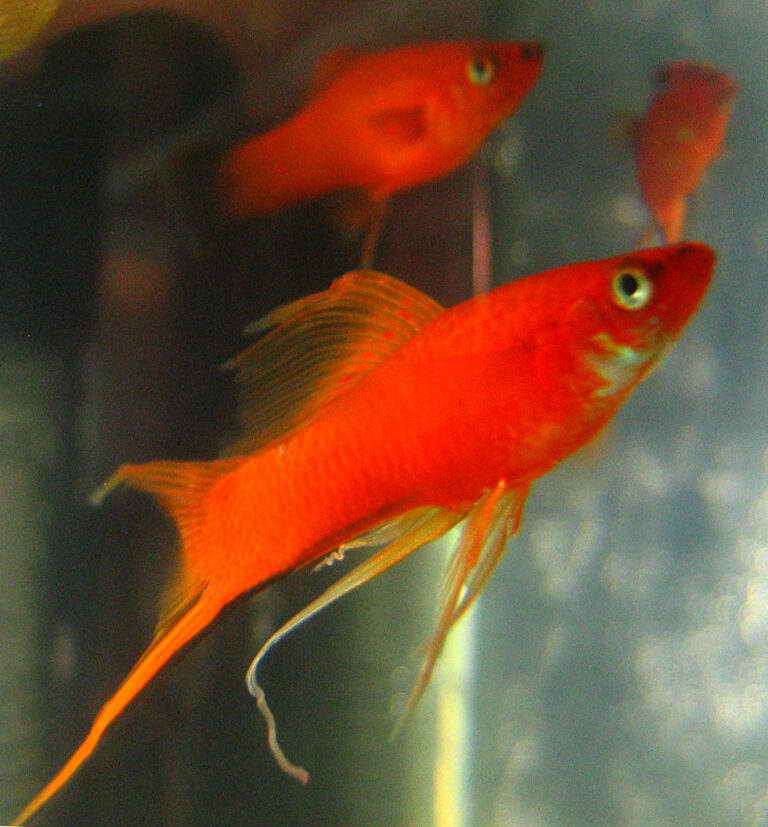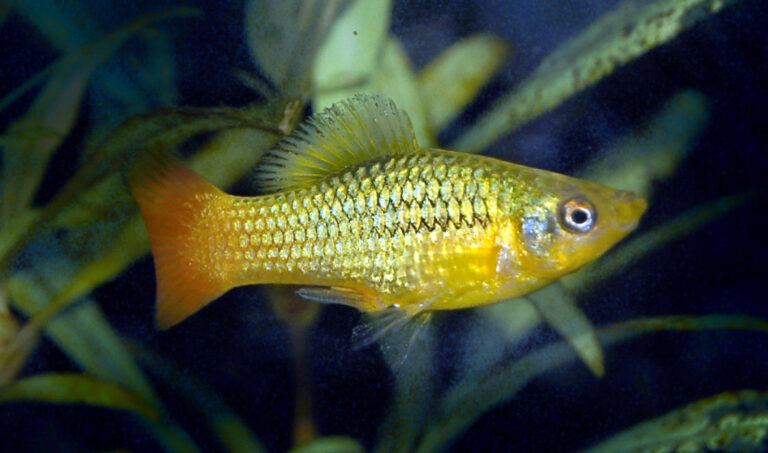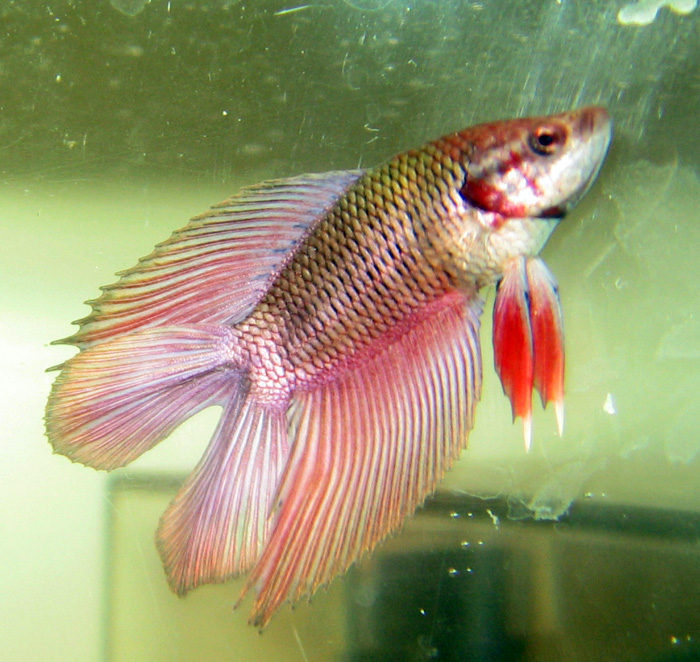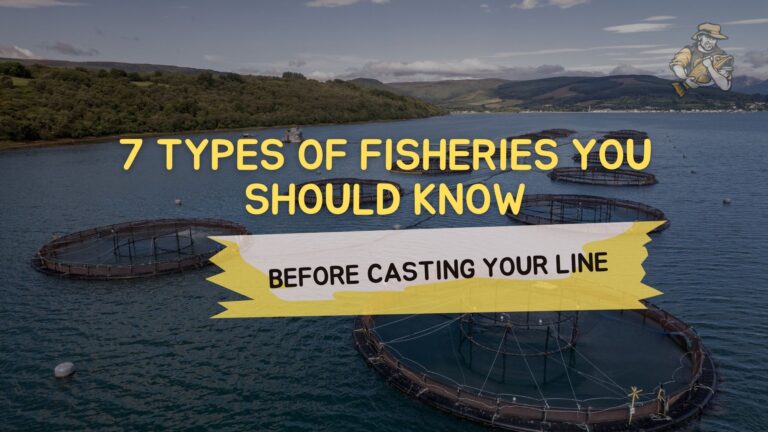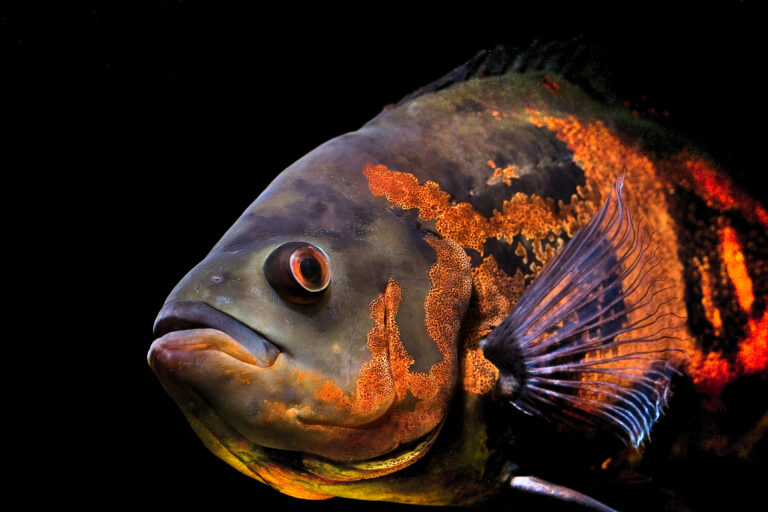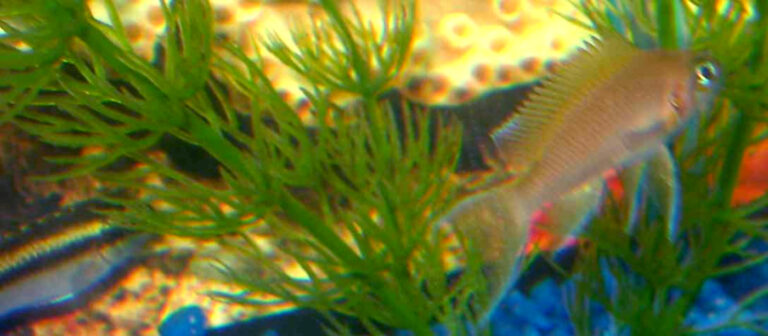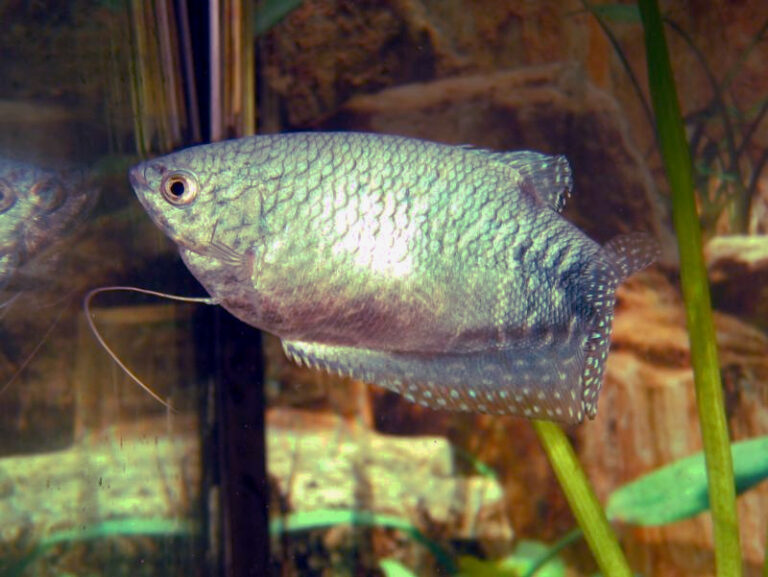Planning a Family Fishing Trip: Tips for a Hooked-on-Fun Adventure
By Adam Hawthorne | Last Modified: May 19, 2025

There’s something almost magical about watching a kid’s face light up when they feel that first tug on their fishing line. I still remember when my son Tommy caught his first bluegill at age 6 – you’d have thought he’d landed a world-record marlin from the way he hollered and danced around the dock.
After three decades of fishing and about a decade of dragging my own kids to lakes, rivers, and ponds across Michigan, I’ve learned that family fishing trips require a completely different approach than those solo dawn missions I used to enjoy. What works for dedicated anglers often spells disaster for families.
Last summer, my buddy Dave brought his kids fishing with us at Lake Leelanau. He planned an 8-hour expedition with complex gear and high expectations. Two hours in, his kids were bored, hungry, and whining. Meanwhile, my two were happily reeling in panfish with their simple setups. Dave’s cardinal mistake? He planned a fishing trip for anglers, not for families.
Let me share what actually works when fishing with kids and how to plan a trip that everyone – even the non-fishing members of your crew – will genuinely enjoy.
Choosing the Perfect Family Fishing Spot
Location can make or break your family fishing adventure. I learned this lesson the hard way back in 2019 when I took Tommy and Emma to a remote section of the Au Sable River that required a mile hike. The fishing was fantastic, but carrying all our gear plus two tired kids back to the car nearly broke me.
Here’s what to look for in a family-friendly fishing location:
Accessibility is Everything
Pick spots with these features:
- Short walking distance from parking (preferably under 200 yards)
- Well-maintained paths without steep slopes or hazards
- Fishing piers or spacious shorelines with room for everyone
- Shade options for hot days (this saved us during last July’s heatwave)
The best family fishing spots I’ve found in Michigan include Island Lake Recreation Area near Brighton and Burt Lake State Park up north. Both have fishing piers, clean restrooms, and enough space that you won’t be crowded by other anglers. Plus, both consistently produce fish, which brings me to my next point.
Fish Quantity Over Quality
For family trips, especially with younger kids, catching lots of smaller fish beats targeting trophy specimens. I’ve seen parents make this mistake countless times at the annual Father’s Day fishing derby at our local sportsman’s club. They’ll set their kids up for bass or pike when bluegill are practically jumping on hooks nearby.
The absolute best species for family fishing trips include:
- Bluegill and sunfish (abundant and eager biters)
- Crappie (when they’re schooling, the action is non-stop)
- Stocked rainbow trout (in managed ponds, they’re often easier to catch)
- Yellow perch (especially in the Great Lakes region during summer)
Tommy caught 22 bluegill in an hour at our community pond last May. Now he tells everyone he’s a “master fisherman.” He didn’t care that none were bigger than his hand – the constant action kept him engaged.
Facilities Matter More Than You Think
When I was fishing solo, I could go all day without basic amenities. With kids in tow? Not a chance. Here’s what to look for:
- Clean restrooms (or at least port-a-potties)
- Picnic tables for snack breaks and lunch
- Playground equipment nearby for when fishing interest wanes
- Safety features like railings on piers or gradual-sloped shorelines
Last August, we hit a fantastic fishing spot on Lake Michigan near Frankfort. The perch were biting, the weather was perfect, but there were no bathrooms anywhere. Emma needed to go, and our perfect fishing day turned into a mad dash back to town. Lesson learned – always verify facilities before loading up the car.
Timing Your Family Fishing Adventure
Timing isn’t just about when fish bite best – it’s about when your family will enjoy the experience most. Professional anglers might swear by pre-dawn starts, but that’s asking for cranky kids and frustrated parents.
The Sweet Spot Schedule
For families with younger kids (under 10), I’ve found this schedule works wonders:
- 9:00 AM – Arrive at location after a proper breakfast
- 9:30-11:30 AM – Primary fishing session
- 11:30 AM – Lunch and activity break (swimming, hiking, etc.)
- 1:00-2:30 PM – Afternoon fishing if interest remains
- 3:00 PM – Head home before fatigue sets in
My neighbor tried taking his 5-year-old twins out at 6 AM for “prime fishing time” on Grand Traverse Bay. They were asleep in their life jackets by 7:30, and he spent the morning watching them nap instead of fishing. Kids don’t care about prime feeding times – they care about not being tired and hungry.
Season and Weather Considerations
I’ve found these seasonal approaches work best for family trips:
- Spring: Target stocked trout ponds on warmer days
- Summer: Early morning or evening sessions to avoid heat
- Fall: Midday outings when temperatures are comfortable
- Winter: Short ice fishing sessions with proper shelter (my kids love ice fishing but only for about an hour)
Two summers ago, I foolishly planned a midday July fishing trip to an exposed section of Lake Huron. We lasted exactly 37 minutes before the combination of heat, sun, and lack of shade drove us to seek refuge in the nearest air-conditioned restaurant. Emma still reminds me of this failure regularly.
Duration: Shorter is Often Better
For first-time family fishing trips, follow this formula based on the youngest child’s age:
- Under 5 years: 1 hour maximum
- 5-8 years: 2 hours with breaks
- 8-12 years: 3-4 hours with substantial breaks
- Teenagers: 4-6 hours with food and activity options
When Tommy was 7, we tried a full-day fishing charter on Lake Erie. Big mistake. He was enthusiastic for about 90 minutes, tolerated another hour, then spent the remaining time asking when we could leave. I paid over $500 for what became an expensive boat ride. Start small and work your way up as their interest and stamina grow.
Essential Gear Without Breaking the Bank
One of the biggest mistakes I see at fishing expos is parents dropping hundreds of dollars on fancy gear before their kid has even caught their first fish. Let’s keep it simple and budget-friendly.
Rods and Reels: Simplicity Wins
For kids under 10, these setups work best:
- Push-button spincast combos (often called “Zebco-style”)
- 5-6 foot light-action rods
- Pre-spooled with 6-8 pound monofilament line
When Emma started fishing at age 5, I bought her a $79 spinning setup that was way too complicated. She spent more time dealing with tangles than fishing. I switched her to a basic $25 Zebco combo from our local hardware store, and suddenly she could cast and retrieve independently.
For older kids who’ve shown sustained interest, consider:
- Light spinning combos with front-drag reels
- 6-foot medium-light rods
- 8-10 pound line for more versatility
Our local bait shop owner Bob at Northern Angler in Traverse City offers this advice: “Start with a rod about as tall as the kid’s shoulder height. Anything longer and they’ll be hitting trees, siblings, and parents with every cast.”
Terminal Tackle: The K.I.S.S. Approach
Keep It Simple, Seriously. For family trips, I pack just these basics:
- Pre-snelled hooks (sizes 6-10 for panfish)
- Split shot assortment
- Small slip bobbers with stops
- A few small jigs (1/16 oz) in bright colors
Avoid the temptation to bring your entire tackle box. Last June, my fishing buddy Craig brought his massive 7-tray tackle box to a family fishing picnic. He spent half the time searching for lures while his daughter lost interest. Meanwhile, my kids caught dozens of bluegill with just worms and bobbers.
Live Bait: Still the Family Favorite
Despite all the fancy artificial options, nothing beats live bait for keeping kids engaged in fishing. My top choices:
- Wax worms (clean, easy to handle, and panfish love them)
- Red worms (more durable than nightcrawlers for small hands)
- Crickets (fascinating for kids and deadly effective)
- Minnows (for slightly older kids ready for bigger fish)
Lisa, my wife, refused to touch nightcrawlers for years but had no problem helping our daughter bait hooks with wax worms. Consider the “ick factor” for your family members when choosing bait.
The Often-Forgotten Essentials
These items have saved many family fishing trips:
- Hand sanitizer and wet wipes (for after bait handling)
- Folding camp chairs (bank fishing gets uncomfortable quickly)
- Small first aid kit (especially for hook accidents)
- Polarized sunglasses (reduce water glare and protect eyes)
- Bug spray and sunscreen (apply before starting)
- Multiple towels (for mysterious spills and wet situations)
During our family vacation to Houghton Lake last summer, I forgot towels and chairs. We ended up sitting on rocks and using t-shirts to clean up after handling fish. Tommy still calls it the “sweaty fish trip” and not in a fond way.
Teaching Techniques That Actually Work
Having taught hundreds of kids to fish through local conservation club events, I’ve developed approaches that keep frustration low and success high.
The Pre-Fishing Skills Session
Before ever hitting the water, practice these skills on dry land:
- Proper rod holding (two hands, rod tip up)
- Basic casting motion (start with no hook attached)
- Setting the hook (gentle upward motion, not jerking)
- Hand-over-hand retrieval for younger kids
I spent 20 minutes in our backyard with Emma practicing casting into a hula hoop before her first real fishing trip. That small investment prevented countless tangles and frustrations later.
The “Assisted Success” Approach
For complete beginners, I use this progression:
- You cast, they reel in (guaranteed proper placement)
- You help them cast, they handle everything else
- They cast with verbal guidance, you assist as needed
- Complete independence with supervision
My son’s friend Jackson joined us for a trip to Boardman Lake when he was 8. His dad kept insisting, “Let him figure it out!” while Jackson cast into trees and tangled his line repeatedly. After an hour, Jackson was in tears and never wanted to fish again. Gradual independence works better than sink-or-swim approaches.
The One-Technique Focus
Resist teaching multiple techniques in one session. For first outings, stick with:
- Basic bobber and bait for panfish
- Simple cast and retrieve for stocked trout
- Jig under a bobber for crappie
When my brother visited with his kids from Ohio, he tried teaching them to use plastic worms, spinners, and live bait all in the same hour. They mastered none of the techniques and caught nothing. The next day, we focused solely on wax worms under bobbers, and they caught 30+ fish.
Keeping Everyone Engaged (Even the Non-Anglers)
Not everyone in your family will share the same passion for fishing, and that’s completely fine. Creating an enjoyable experience for everyone ensures fishing trips remain on the family calendar.
Beyond-Fishing Activities
Smart family fishing trips include options like:
- Wildlife scavenger hunts (birds, turtles, etc.)
- Skip rocks competitions during slow fishing periods
- Nature photography opportunities
- Swimming breaks at appropriate locations
- Geocaching near fishing spots
My wife Lisa isn’t particularly interested in fishing but loves identifying birds. When we fish the marshes near Saginaw Bay, she brings her binoculars and bird guide. She’s spotted over 40 species during our fishing trips, and now she’s the one suggesting we go more often.
The “Special Job” Strategy
Give non-fishing family members important roles:
- Official photographer
- Fish measurer
- Wildlife spotter
- Snack manager
- Trophy ceremony organizer
During a family reunion at Houghton Lake, my niece showed zero interest in fishing but loved being the “official length recorder.” She created an elaborate leaderboard and awarded ribbons she’d made from leaves and twigs. She was having so much fun that she eventually wanted to catch her own fish to add to her records.
Meaningful Breaks and Transitions
Plan deliberate transitions during your fishing day:
- 45-minute fishing sessions followed by 15-minute breaks
- Midday picnic with everyone’s favorite foods
- Nature walks between fishing spots
- Wildlife feeding opportunities (where permitted)
- Stories or reading time in a comfortable spot
Last summer at Lake Michigan, we alternated between 45 minutes of fishing and 15 minutes of beach glass hunting. Even my daughter’s friend Maya, who initially complained about the “boring fishing,” was fully engaged throughout the day because of this mixed approach.
Handling the Catch: Teaching Responsibility
How you handle fish creates lasting impressions about conservation and respect for nature. I’ve witnessed both ends of the spectrum – from kids treating fish like toys to young anglers showing more care and concern than many adults.
Proper Catch Handling for Kids
Teach these fundamentals:
- Wet hands before touching fish
- Support the fish’s body horizontally
- Keep fish in water as much as possible
- Quick, gentle hook removal (parents handle this initially)
- Proper release techniques (let them revive in the water)
Tommy’s first instinct when catching a fish at age 6 was to squeeze it tightly. After I explained that this hurts the fish and showed him proper handling, he became incredibly gentle. Now at 9, he scolds adults he sees roughly handling their catch.
The Keeping vs. Releasing Decision
This varies by family values, but consider:
- Keeping only what you’ll actually eat
- Learning proper cleaning techniques together (age-appropriate)
- Understanding local regulations and limits
- Celebrating the first fish dinner they helped catch
We generally practice catch and release, but twice a year we keep a few panfish for a family fish fry. Emma and Tommy are involved in the entire process from catch to table. They understand that keeping fish isn’t just for fun – it’s for food.
Creating Memories Beyond the Catch
Some of the best fishing memories aren’t about fish at all:
- Take plenty of photos (but keep phones in waterproof cases!)
- Start a family fishing journal with everyone’s contributions
- Create traditions like a special meal after fishing trips
- Collect small mementos (pretty rocks, interesting driftwood)
Finn, our black lab, fell off our dock chasing a duck during a family fishing trip to our friend’s cottage last July. He emerged with a small bass in his mouth that he’d somehow caught. We didn’t catch much that day, but “Finn’s fishing technique” has become legendary in our family stories.
When Things Go Wrong (And They Will)
No matter how well you plan, family fishing trips will occasionally go sideways. Having contingency plans can save the day.
Weather Backup Plans
Always have alternatives ready:
- Nearby indoor activities (nature centers, museums)
- Sheltered fishing locations (fishing piers, covered docks)
- Vehicle-based fishing during brief rain showers
- Quick-setup canopies or umbrellas for sun/light rain
Last summer during our annual trip to Ludington, a massive thunderstorm appeared out of nowhere. Instead of calling it quits, we waited it out at the nearby maritime museum, then returned for an incredible post-storm fishing session where the kids caught their biggest perch ever.
The “No Fish” Scenario
Some days, fish just don’t bite. When this happens:
- Focus on the experience rather than the results
- Share stories of your own fishless days
- Look for other wildlife to observe
- Switch to completely different activities
- Promise (and deliver on) a return trip
During a particularly slow day at Boardman River, we caught absolutely nothing for three hours. Rather than letting disappointment take over, we turned it into a river exploration day – finding crayfish, spotting mink tracks, and building a small dam. The kids still talk about that day, and the fishing failure has become a positive memory.
Equipment Failures and Forgetting Things
It happens to everyone. Be prepared with:
- Basic repair items (line cutter, extra hooks, leader material)
- Community backup gear (if someone forgets something)
- Improvisation skills (I’ve made sinkers from washers and fishing line from kite string)
On a trip to Torch Lake two summers ago, I somehow forgot our tackle box. Instead of driving 40 minutes back home, we stopped at a garage sale where I found an old coffee can full of hooks, sinkers, and bobbers for $5. The mismatched gear worked perfectly, and the kids loved the adventure of making do with “treasure box fishing,” as they called it.
FAQ About Family Fishing Trips
What’s the ideal age to start kids fishing?
Most kids can start around age 4-5 with very short sessions, but I’ve found age 6-7 to be the sweet spot when they have the patience and coordination to really enjoy it. My nephew started at 3 and loved it, while my niece didn’t show interest until 8 – every kid is different. Watch for natural curiosity about fish and water as your signal.
Should kids have their own gear or share with adults?
Kids should absolutely have their own right-sized equipment. When Tommy tried using my rod at age 7, he struggled with the weight and complexity. Having appropriately sized gear gives them ownership and pride. You don’t need to spend much – my kids’ first setups were under $30 each from our local hardware store.
What if my kid gets bored quickly?
Short attention spans are normal, especially for younger kids. Plan fishing sessions with clearly defined time limits (use a timer they can see), take frequent breaks, and have alternate activities ready. I bring a small backpack with card games, nature identification cards, and small snacks to provide structured breaks.
How do I balance fishing with a child who’s afraid of touching fish or bait?
Never force it. My wife Lisa wouldn’t touch worms for years, so she used artificial alternatives or I baited her hook. For kids uncomfortable touching fish, offer options: they can net the fish while you handle it, take photos, or use a fish grip tool. My daughter wore thin gardening gloves her first year of fishing until she gradually became comfortable touching fish. Respect their boundaries while gently encouraging growth.
Is a boat better than shore fishing for families?
For most families with younger kids, shore fishing is vastly preferable for first outings. Boats add complications: safety concerns, confined space, inability to take breaks easily, and potential seasickness. We didn’t take our kids on a boat until they had enjoyed shore fishing for at least two seasons. If you do boat, start with very short trips on calm waters in vessels large enough for comfortable movement.
Final Thoughts on Family Fishing Adventures
Successful family fishing trips aren’t measured by pounds of fish caught or size of the haul – they’re measured in smiles, stories, and whether everyone wants to go again. Some of my most “unsuccessful” fishing trips yielded our family’s most cherished memories.
When Emma fell into Lake Huron trying to net a tiny perch three years ago, we caught very little that day. Yet somehow that trip – complete with soggy sandwiches and squishing tennis shoes – has become her favorite fishing story that she tells everyone. The disasters often make the best memories.
Keep your expectations realistic, your focus on fun rather than fishing achievement, and your planning flexible. The goal isn’t creating perfect anglers – it’s creating family connections through shared outdoor experiences.
Pack extra snacks, bring more towels than you think you’ll need, and remember that your enthusiasm is contagious. If you’re having fun, they probably will too. And if all else fails, there’s usually ice cream somewhere on the drive home – the universal fishing trip salvage plan that’s never let my family down.

Meet Adam Hawthorne
I’m a lifelong fishing enthusiast who’s spent years exploring rivers, lakes, and oceans with a rod in hand. At Fishing Titan, I share hands-on tips, honest gear reviews, and everything I’ve learned about fish and ocean life, so you can fish smarter and enjoy every cast.
Share:

Meet Adam Hawthorne
I’m a lifelong fishing enthusiast who’s spent years exploring rivers, lakes, and oceans with a rod in hand. At Fishing Titan, I share hands-on tips, honest gear reviews, and everything I’ve learned about fish and ocean life, so you can fish smarter and enjoy every cast.
Related Articles
-
Red Swordtail
The Red Swordtail stands as one of the most recognizable and cherished freshwater aquarium fish in the world. Known scientifically as Xiphophorus hellerii, this vibrant…
-
Variable Platyfish
The Variable Platyfish (Xiphophorus variatus) stands as one of the most widely recognized and ecologically significant freshwater fish species in North America. This small, vibrant…
-
Double Tail Betta
The Double Tail Betta, scientifically known as Betta splendens, represents one of the most distinctive and captivating variants within the diverse world of ornamental fish…
-
7 Types of Fisheries You Should Know Before Casting Your Line
I’ve been fishing for over 30 years across all kinds of waters, and one thing I’ve noticed is how many anglers – especially beginners –…
Fish Species
-
Oscar Fish
The Oscar Fish (*Astronotus ocellatus*) stands as one of South America’s most recognizable freshwater cichlids, earning widespread recognition both in its native Amazon Basin and…
-
Kribensis Cichlid
The Kribensis Cichlid (Pelvicachromis pulcher) stands as one of West Africa’s most remarkable freshwater fish species, captivating aquarists and researchers alike with its vibrant coloration…
-
Gold Gourami
The Gold Gourami (Trichopodus trichopterus) represents one of Southeast Asia’s most recognizable freshwater fish species, distinguished by its robust constitution and distinctive golden coloration. Originally…
-
Bigeye Thresher Shark
The Bigeye Thresher Shark represents one of the ocean’s most extraordinary predators, distinguished by its dramatically elongated tail fin that can extend up to half…

